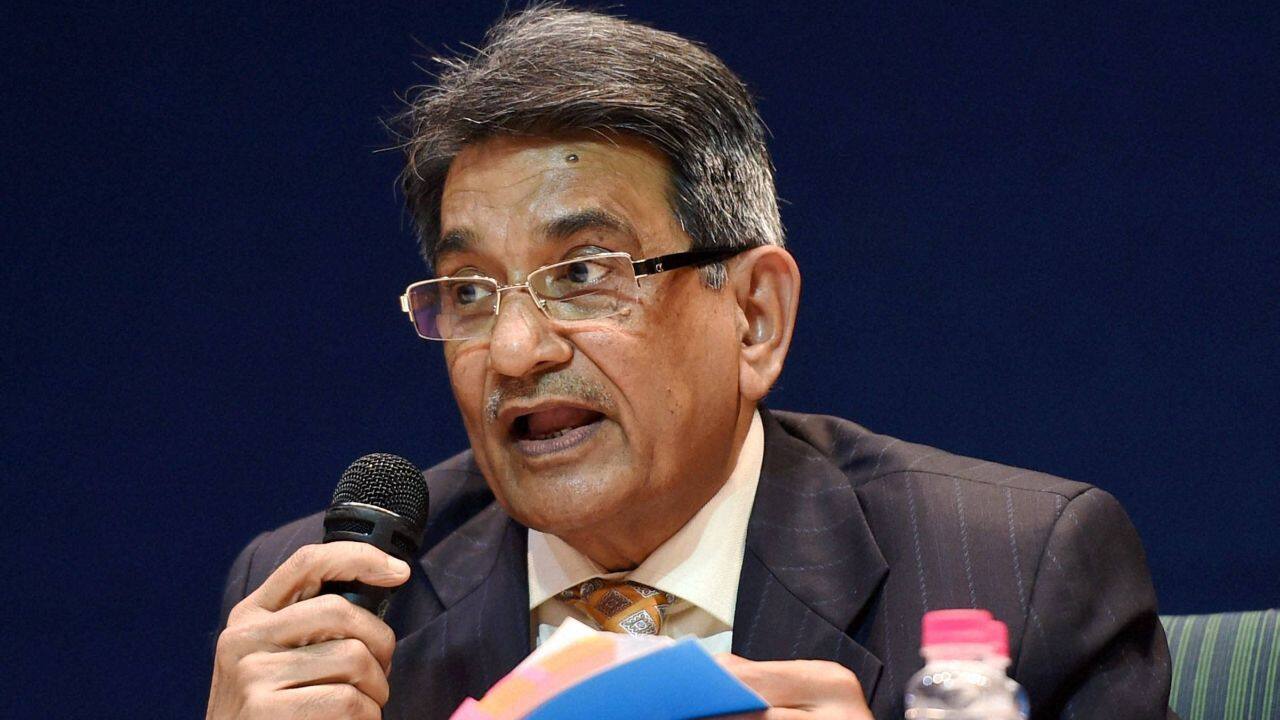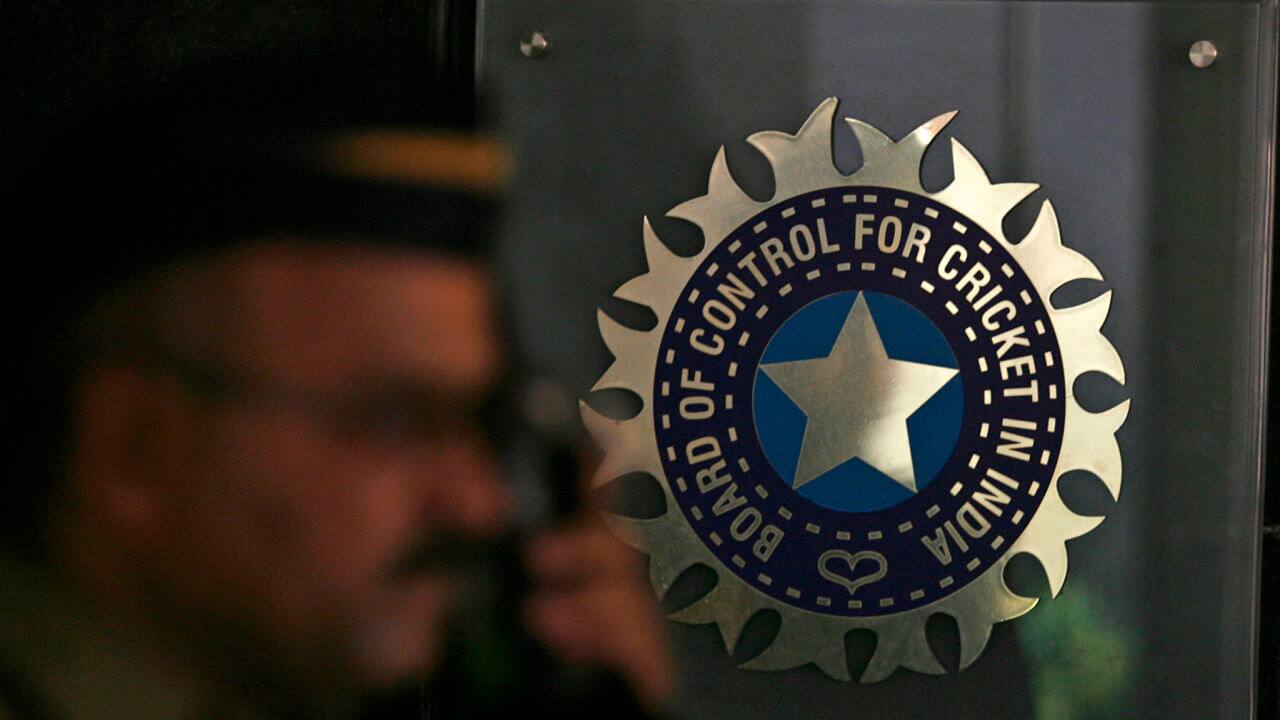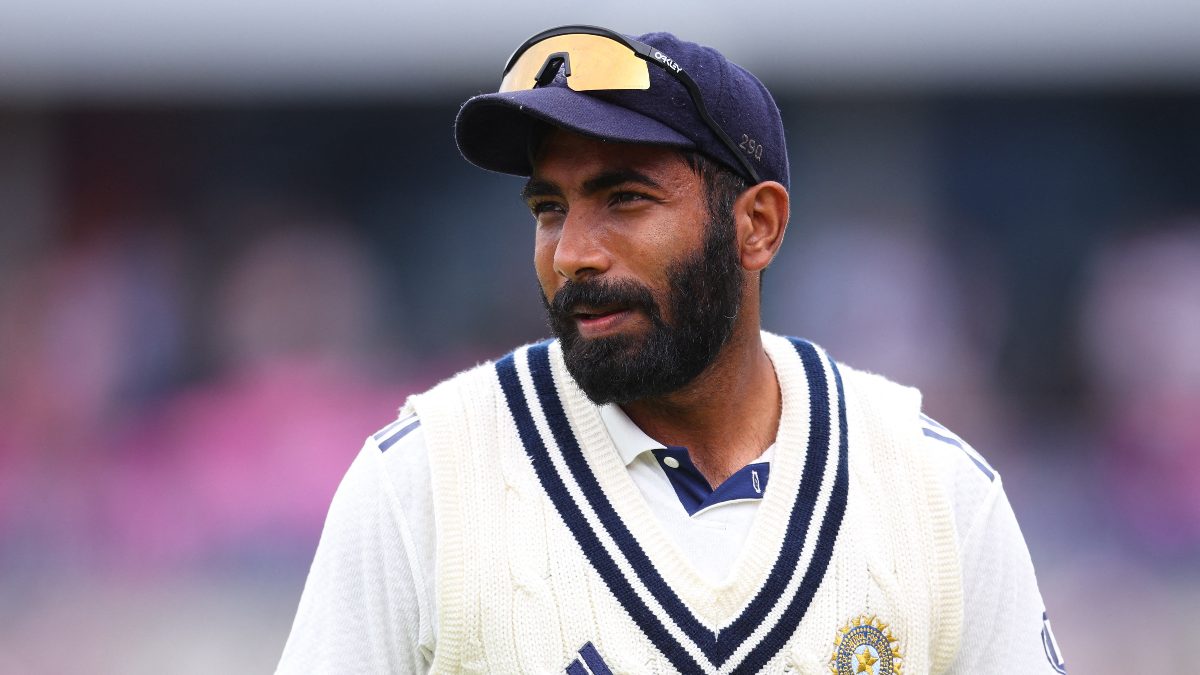The Supreme Court ruling on the Lodha Committee report could make the Board of Control for Cricket in India (BCCI) either a bustling, high-flying association controlling the sport at international level or bring it on par with Hockey India or All India Football Federation or Athletics Federation of India. And this only time can tell. [caption id=“attachment_2901808” align=“alignnone” width=“825”]  File photo of Justice Lodha. PTI[/caption] Immediately, the impact of some rulings gives cause for cheer while others are a source of worry.
Ministers and civil servants cannot hold BCCI offices
One of the earliest to welcome the SC ruling was senior BCCI functionary Rajeev Shukla of the Congress party. And why not? His Congress party was decimated in the general elections and he is a nobody in the current political disposition – neither minister nor government official – and thus this SC ruling is just the shot in the arm that would help him realise his BCCI ambitions and at the same time stay relevant in public eye. Of course, he’d have to weigh it with the positives of staying on as IPL Commissioner.
No person can hold office at the BCCI and State Association simultaneously
Current president Anurag Thakur of the BJP is not a minister either, and all that he needs to do to continue as BCCI president, is to give up his post of president of the Himachal Pradesh Cricket Association and ensure that a stooge is appointed instead. He probably could get back as state association chief during the BCCI cooling-off period and then return all over again!
No person can hold more than three, three-year terms as BCCI official, and no official can serve consecutive terms
The three-year term reduces the protagonist to complete unsettling. The rule ensures that he would not get the opportunity to build his base either at the state, national or even at the ICC level. This is akin to asking an MLA to cool off after a three-year term and return to power after a break. This way he’d never develop expertise, gain experience or build his constituency and will hence be confined to a light-weight forever. Typically, sports administrators need to work for a period of time at local level and state level before being recognised for higher office at the national level. Successive good stints at the national level are essential for making a mark and representing the country effectively at the international level. The three-year term laid down by the SC makes it impossible for any individual to achieve this. Additionally the ambitious, unscrupulous ones could be bought with postings at the ICC following their three-year BCCI term. He could return to BCCI power subsequently, but in the meantime would have sold the country’s interest. [caption id=“attachment_2901810” align=“alignnone” width=“825”]  Representational image. Reuters[/caption]
Making BCCI fund the proposed players’ association
This ruling is difficult to comprehend. The West Indies’ nightmarish experience with its players association where, among other things, they aborted a tour of India should have been an eye opener. Instead the Players Association is now given two spots in the proposed all-powerful high table of nine members. And in case they have to sue the BCCI, they’d probably get the funds from BCCI itself! The court could well have asked the well-heeled, well-paid cricketers to fund their own association and its activities but alas that was not to be.
BCCI and State Office Bearers must not be over 70 years old
Atal Bihari Vajpayee and Manmohan Singh were well into their 70s when they became prime minister of India. Vajpayee was in office till past 79 years of age and Singh was 82. Surely being BCCI or State Association office bearer is not as difficult and challenging as being PM of India. While this SC ruling might have come in handy to get rid of some of the deadwood in BCCI, in the long run this restriction does not bode well for Indian cricket. Administration is not everybody’s cup of tea. Those who are capable and gifted would need the benefit of years of experience to blossom into outstanding ones. But this age restriction will eject them from the system at their prime and leave the game all the poorer.
Each state will have only one vote at BCCI elections
This ruling has virtually demolished the western India power bank (not a bad thing in itself). Thus far, Maharashtra had four votes (including CCI) and Gujarat three. The SC ruling has now reduced this to two. On the other hand it has given full member status to six North-East States (Arunachal Pradesh, Sikkim, Manipur, Meghalaya, Nagaland and Mizoram). There could be lopsided years when cricket-heritage rich Mumbai Cricket Association would have not have a vote but predominantly football states Mizoram and Sikkim would! The BCCI though has itself to blame for this. They played vote-bank politics for so long that all their past sins are now returning to haunt them. Not just that, it is also possible that many of the states would now demand that tiny associations like Baroda, Saurashtra and Vidharbha, among others, are not splurged with huge chunks of money. Certainly the Supreme Court’s ruling has knocked the stuffing out of the current BCCI establishment. However the court’s decision to refrain from tinkering with advertisement break commercials during telecast of matches comes as a massive relief. And for at least that, the BCCI has to be thankful.


)

)
)
)
)
)
)
)
)



